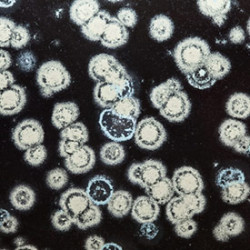Keeping Mold Away After Water Damage Cleanup
Water is the lifeblood of mold, providing the elements that sustain its life and growth. It’s no surprise, then, that if your home has been flooded, it becomes a hotspot for a potential mold infestation.
If your home suffers water damage, cleanup should be done with an eye toward possible mold danger signs. Experts recommend these tips for successful preventive mold treatment.
- Flood waters can contain any number of chemicals, pollutants and other bacteria-ridden substances. Be firm about discarding anything that has been touched by the water, no matter how minimal the contact.
- Discard objects with a porous surface like wood that can retain moisture even when it appears dry. This includes wood paneling, carpeting and pads, and upholstered furniture.
- Clean all remaining items with an anti-microbial solution that will inhibit mold growth. Bleach throws up a roadblock and slows the process, but it’s not strong enough to kill mold.
- During clean-up, mold spores can be transmitted through the air. In addition, an infestation may already be developing in a hidden area. Be sure to wear a protective mask to avoid inhaling the spores.
- Take measures to create air movement and remove moisture from the area, such as installing a dehumidifier. Even after the flood damage has been cleared, dampness creates an atmosphere conducive to mold development.
Has your home recently sustained flood damage? Don’t take a chance with you and your family’s well-being. Allow our professional technicians to give you peace of mind with our safe and effective mold treatment. Contact us today to schedule a free mold inspection.

